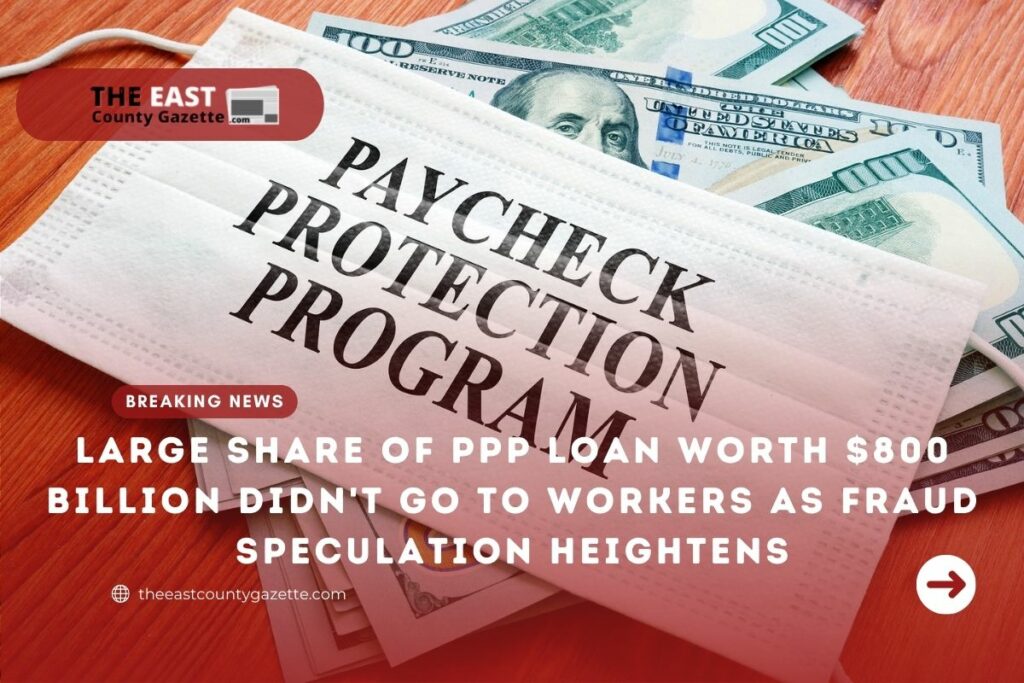A large portion of the $800 billion Paycheck Protection Program (PPP) loans did not go to workers, only 35% did, according to Fastcompany reports.
These loans, instead, benefited shareholders and business owners.
Economic specialists at the National Bureau of Economic Research have published a study that discovered this.
The group, which includes 10 professors and researchers, suggests in their paper that employee paychecks were not offset by most PPP loans disbursed in 2020.
According to the analysis they performed, primarily using ADP payroll data, they estimate that 23% to 34% of PPP dollars actually went to workers who would otherwise have lost their jobs.
Two-thirds, if not three-quarters, of the loan money, went to the company’s owners and shareholders.
According to the authors, PPP preserved 2 to 3 million “job years” of employment, so the program may have had a considerable impact on job loss.
Nonetheless, this came for $170,000 to $257,000 per job-year saved – the amount the government distributes on average.
There was a 94% success rate for companies applying for PPP loans.
Read More: What Does It Take to Be Eligible for an additional $841 in Social Security Benefits in 2022?
However, since loan forgiveness criteria call for keeping employees on the payroll while also capping payroll costs at $100,000 per employee in cash compensation, that means the majority of the loans went to other means.
Additionally, the distribution was “highly regressive,” because it “overwhelmingly accrued to high-income households.”
In their study, 72% of funds went to the top one-fifth of households by income, while this group accounts for only 35% of earnings in the United States statistically speaking.
The two other pandemic-assistance programs administered by the government were distributed much more evenly among American households.
The amount of fraud with PPP has been estimated numerous times before now, and instances have appeared frequently in the media.
Recent conclusions estimate as much as 15% of PPP loans are fraudulent, according to one estimate released in August.
As the authors point out: “Ironically, the program feature that arguably made PPP’s meteoric scale-up possible is also the feature that made it potentially the most problematic: The program was essentially untargeted.”
According to them, companies “merely needed to attest that they were ‘substantially affected by COVID-19’ to qualify, and almost all did so.”
The researchers reached a conclusion that a large proportion of PPP loan dollars likely went to companies that “would have remained viable and retained their employees even absent PPP.”

